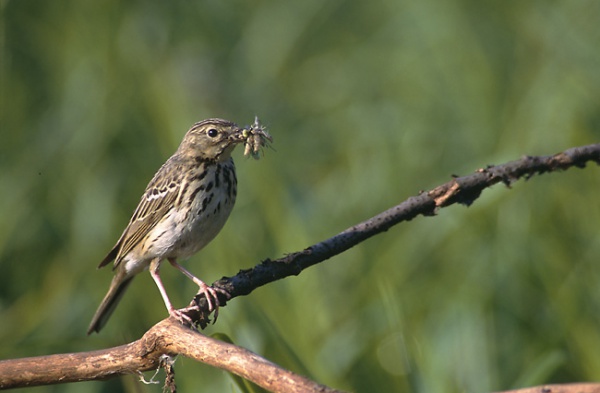Facts About Tree pipit
The tree pipit, a small songbird, can be found throughout Europe and the Palearctic region. During the winter, it migrates to Africa and southern Asia. Known scientifically as Anthus trivialis, this bird is commonly seen in grasslands. It closely resembles the meadow pipit but can be distinguished by its thicker bill and the contrasting colors on its belly and breast. Tree pipits often perch in trees and possess a distinctive call and song flight. They prefer to breed in open woodlands and scrub areas, nesting on the ground and feeding on insects and seeds.
The tree pipit's annual cycle is quite fascinating. From mid-September to mid-April, they migrate to sub-Saharan Africa. They return to their breeding grounds, in places like the UK, from mid-April to May. The breeding season lasts from May to August, during which they often produce two broods. By August to mid-September, they begin their journey back to Africa.
Conservation efforts for tree pipits focus on maintaining suitable habitats. This includes preserving wooded areas such as lowland heath and coppice, thinning trees to create a more open environment, and ensuring there’s a mix of grass, bracken, and low-growing scrub for feeding. Financial support for these conservation activities is available through programs like England's Woodland Improvement Grant and Natural England's Environmental Stewardship Scheme.

 Ireland
Ireland